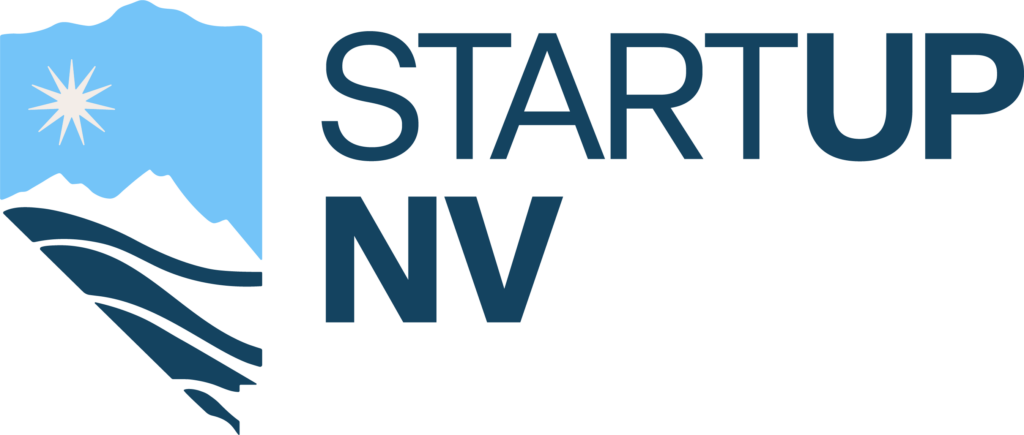
Starting a business is exciting. You’ve got a brilliant idea, and you’re convinced it’s going to change the world. But before you pour all your time and resources into your concept, there’s one critical thing you need to focus on: validation. Achieving product validation for every startup stage is the difference between launching a successful startup and wasting precious time on an idea that simply doesn’t have legs. In the world of entrepreneurship, getting validation at each stage can make or break your business.
So, what does it mean to validate a startup? At its core, validation is about ensuring there is real demand for your idea, product, or service. It’s not enough to believe in your concept — you need to know your target market believes in it too. This process involves multiple stages, each offering key insights to guide your entrepreneurial journey and refine your approach to product development.
Idea Stage

The journey begins at the idea stage. You’ve got a concept, but now is the time to determine if it’s truly viable. The focus here is on early validation, where you assess whether your idea addresses real problems. Begin by conducting market research to understand market size, trends, and the competitive landscape. The key question is: Is there demand for your product? Tools like Google Trends and Statista can provide data on current trends and consumer interest. Dive into industry reports for further context.
A crucial part of this stage is talking to real people. Conduct customer interviews to identify potential customers’ pain points. What problems are they facing that your product could solve? These conversations give you raw, direct insights into whether there’s a need for your product. Supplement this qualitative feedback with surveys or questionnaires via platforms like SurveyMonkey or Google Forms. This approach helps gather quantitative data to validate your findings on a larger scale.
Prototype Stage

Once your idea has passed the initial validation phase, it’s time to build a prototype. A prototype is a basic version of your product designed to test functionality with real users. This stage focuses on gathering detailed feedback about how users interact with your product. Through user testing, you can gauge whether your prototype solves the problem effectively and is easy to use. Tools like User Testing or Lookback are helpful in collecting detailed user experiences.
The prototype stage is iterative, meaning you will likely go through several rounds of feedback and revisions. Based on the feedback you receive, make necessary adjustments to improve the product. Analyzing user interactions with tools like Hotjar or Crazy Egg will help you understand whether users are engaging with the product as you intended, identifying areas of friction or confusion. The goal is to refine your product with each iteration.
Developing Your MVP

At this point, your next step is creating a minimum viable product (MVP). An MVP is a streamlined version of your product that offers just enough features to attract early users and solve their core problem. This step helps you test your value proposition in real-market conditions. Developing an MVP is a smart way to minimize risk and avoid building out unnecessary features. You can gather valuable insights from early adopters, which will help you understand whether your idea has real demand.
Your MVP is a practical way to further refine your business concept before investing in a full-scale launch. By releasing an MVP, you can begin the cycle of receiving customer feedback and continuously improving your product. It’s also a great way to start building relationships with early users, who can later become your product advocates.
Launch Stage

Once your MVP has been refined and validated, it’s time to move into the launch stage. However, even at this point, validation remains critical. Launching your product to the market is where you’ll start to see whether the broader audience responds to your solution. Beta testing is an excellent way to manage this stage. Releasing your product to a small group of users before the full launch helps identify last-minute issues that may have gone unnoticed in earlier testing phases. Platforms like TestFlight or BetaList can assist with this.
During the launch, it’s essential to keep an eye on key performance metrics like user acquisition, user retention, and revenue. Tools such as Google Analytics and Mixpanel can track these metrics, offering a clear view of whether you’re meeting your business goals. Customer reviews and feedback post-launch are also crucial for continuous improvement. Monitor social media and review platforms to see how customers are reacting to your product, and make adjustments accordingly.
Scaling Your Startup

After a successful launch and as you start to gain traction, the next challenge is scaling your business. Scaling requires validating whether your product can grow sustainably in new markets or demographics. This involves conducting additional market research to see where you can expand. At this point, you should also consider if your product can be diversified by adding new features or even launching new products. Based on customer feedback and market trends, this could be the right time to introduce those changes.
During the scale stage, make sure your business model is sustainable. Monitor customer lifetime value and churn rate to understand if you’re retaining customers in the long term. Feedback tools like User Voice can help gather customer suggestions and prioritize the most demanded features.
Sustainability and Continuous Validation

Even after scaling, the validation process doesn’t end. Every time you introduce a new feature or adjust your business model, you need to ensure that it still aligns with customer needs. Continuously gather feedback from users and stay adaptable. Keep an eye on your cash flow and don’t overspend on unnecessary features before you’ve tested them.
The key to long-term success is remaining flexible and continuing to validate new ideas. This ensures that your business is always evolving to meet market demands and customer expectations. Even after achieving early traction, it’s important to stay connected with your customers and never lose sight of their needs.
Finally, achieving product validation for every startup stage is about understanding your target market, addressing customer pain points, and delivering real value. It’s a systematic process that requires ongoing testing and refinement at every step. From early idea validation to scaling your product, you must remain committed to gathering valuable insights and adjusting your approach as needed. Don’t rush to launch before you’ve validated your concept—build iteratively, test frequently, and always stay engaged with your target audience. Each stage of validation brings you closer to building a successful startup that customers love and are willing to support.


